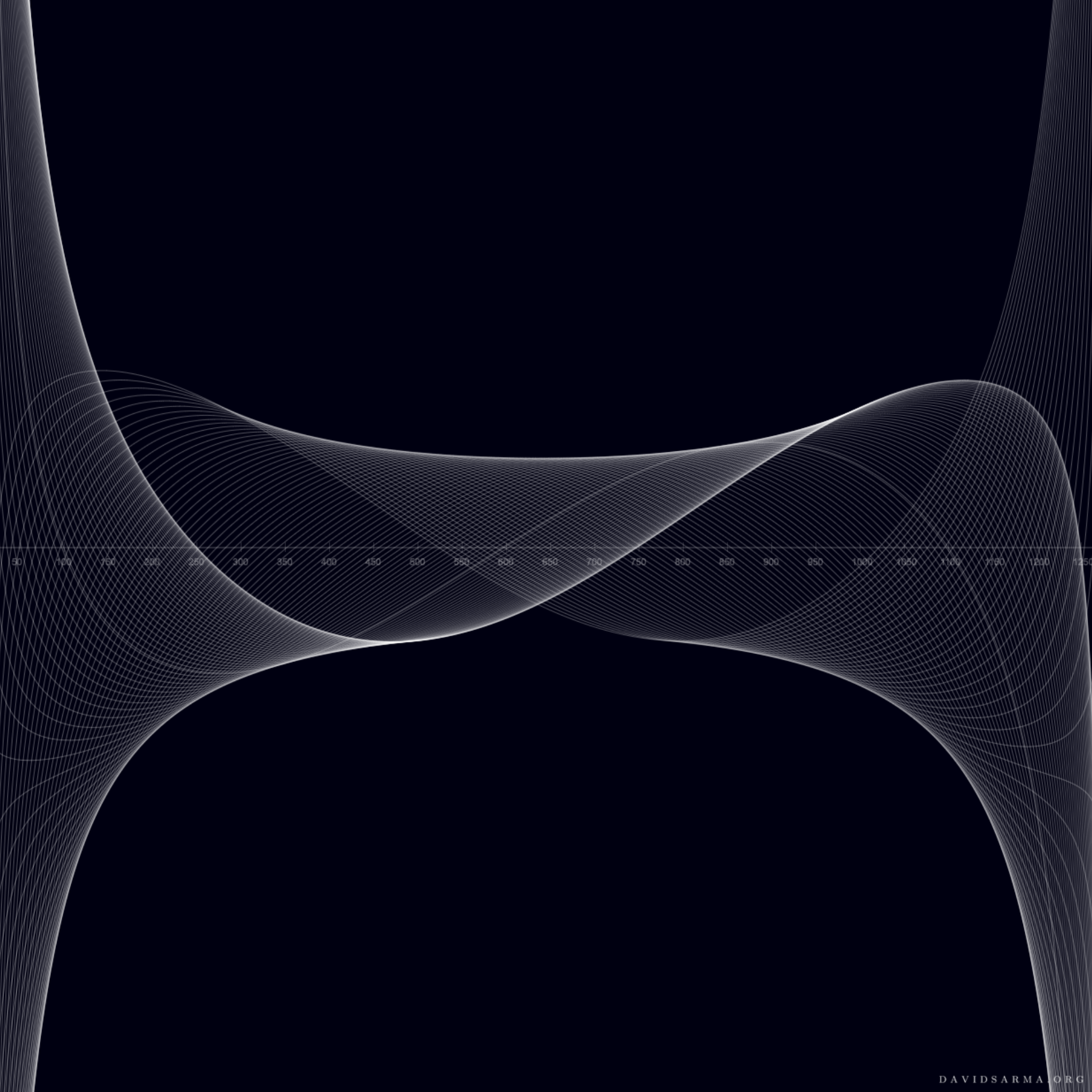Who am I, and why might you care about what I have to say
Background
I am David Sarma, from New Orleans, currently living in Brooklyn, NY. I have worked in the fields of Visual Effects and Design, for film and commercials (at Box Studios, Framestore, Sony Music Studios, and a variety of other places), and in Atmospheric Science, studying methane emissions (at the NASA-Goddard Institute for Space Studies). I studied Applied Math at NYU, where I was also on the Fencing team, and Computer Art at the School of Visual Arts.
I have two patents (US-9881408-B2 and US-10319131) for an anomaly detection method, applied to video retouching for treating skin blemishes, which has been used in production on a variety of different projects, including initial use on the project “Give Me All Your Luvin” - Madonna (music video, 2012).
Other interesting projects include an analysis of methane emissions from fossil fuel sources, and the impact that the fall of the Soviet Union had on this (NASA-GISS); quality control for all Sesame Workshop DVD releases from 2004 to 2007 (Sony Music Studios); 3D simulation work on a Super Bowl commercial (Bridgestone, Super Bowl XLIII - Framestore); motion design for a wide variety of short films, including one about the Gaza Freedom Flotilla in 2010 (Cultures of Resistance); compositing and retouching on feature films, music videos, and commercials, including a Calvin Klein ad and the Madonna video mentioned above (Box Studios); and interface design for a structure editor for legal documents (CaseRails). I have a portfolio document here, and more details about these and other projects are available on my website davidsarma.org.
In the course of my working career, and related to experiences like being present during both 9/11 in New York and Hurricane Katrina in New Orleans, I had what I now recognize to be multiple episodes of psychosis. These led to the change in direction from scientific focus to working in the arts, where the output that I produce during these episodes can find a place and be put to use. I have worked extensively to capture the characteristics of these episodes, and this will constitute some portion of the material on this blog.
Culture
Parallel to this exploration of mental health issues will be an exploration of the underlying interpretation of them as such: I am half Chinese and half Indian, and in the course of learning about psychosis, I have looked into interpretations of related behavior through the lens of these cultures. This leads to a significantly different interpretation of the very same behavioral characteristics, with cases of individuals speaking about entities beyond the tangible, physical world that we experience (the focus of the physical sciences) treated in a much more straightforward manner, without associated fear and stigma.
I intend to conform my experience of this condition against these historical examples, pointing to similarities, and constructing analogies to other familiar story lines presented in popular culture. The effects of psychosis are notionally similar to simulated worlds, with the "creative work" that can result from an episode substantiating this output into a format available for consumption. In less consumer-focused settings, the characteristics of the condition take on a different meaning. If non-Western formulations, restated in the language of currently available technology, can help to provide behavioral guidelines for dealing with simulated and virtual worlds, this may help to address a variety of social issues that have arisen.
Utilization
Unification of various phenomena tends to lead to reduction in complexity and reduced energy utilization. It may be the case that descriptive formulations favored in the Western world have led, maybe inadvertently, to fragmentation and complexity, in similar manner to Roman numerals as a descriptive formulation being less capable of capturing the characteristics of natural phenomena beyond a certain degree of complexity. Numerical formulations adopted from other cultures have dynamic notions more firmly integrated, but other aspects of a cyclic world view from which our current numerical system originates have generally been disregarded. If the fragmentation that we observe in various spheres (social breakdown, political polarization, etc.) are an artifact of stressed infrastructure built using descriptive language that is insufficient for the task, then it may prove helpful to provide a focused examination of specific circumstances where further non-Western concepts might help to address some of these deficiencies.
Physical and Mental Well-being
In the course of finding strategies to contend with the symptoms of psychosis, and exploring viable workarounds for various symptoms, I have been involved in a number of different activities: These include dance (house dance and breaking), fixed gear bike tricks, and swimming. It is also necessary to make careful choices about, or otherwise augment the physical environments that I spend time in, in order to allow the symptoms to be less bothersome.
In a similar sense that severe food allergies (which I also happen to have) by necessity make a person more attentive to physical states, the act of dealing with psychosis symptoms makes a person more aware of mental states, and leads to more ability to describe, and in some cases consciously influence, what are otherwise unconscious, automatic processes. This attentiveness to neurological signals leads to a knowledge base similar to that aimed for by those involved in different sports or activities which demand fine motor control. Different yoga practices aim for similar goals.
Being grounded in the pragmatism of a use case which makes this knowledge more applicable to daily circumstances, it is possible to strip away some of the ceremony and complex language of practices that are tied to particular historical developments, and take aim directly at activities which may lead to the same outcomes in terms of physical and mental well-being.
The practices that lead to successfully managing psychosis symptoms also lead to insights into what may work for other individuals and lead to positive outcomes for more general health. This approach may help to substantiate and explain some of the wide variety of conflicting or confusing information found in different areas of physical fitness and yoga.
Authenticity, Taste, and a Sense of Rhythm
Growing up in New Orleans, having a sense of taste and rhythm is a natural part of the environment. The result is the perceived sense of "authenticity" that the city maintains. In many other settings, there seems to be much less appreciation for these factors, and this has worked its way into technologies and interfaces through which we interact with each other and with the world.
The consequences of a lack of rhythm translate into what are called, in signal processing, "aliasing" issues. These would manifest as false patterns in images and audio, while in information processing systems, the result would be the proliferation of deceptive behavior, with systems lacking the ability to distinguish between authentic signals and false copies. In other aspects of the system, methods of carrying out user authentication and identity verification would be compromised.
Because psychosis deals with augmentations to the hearing and balance systems, which process rhythmic behavior and signals at the biological level, these types of issues are pushed to the forefront, resulting in reduced ability to engage in deceptive practices, or in other words, a heightened sense for authenticity.
Understanding this issue may help in constructing systems that conform better to biological systems for authentication and verification, or otherwise to help people to understand the characteristics of deceptive systems which they may wish to avoid.


